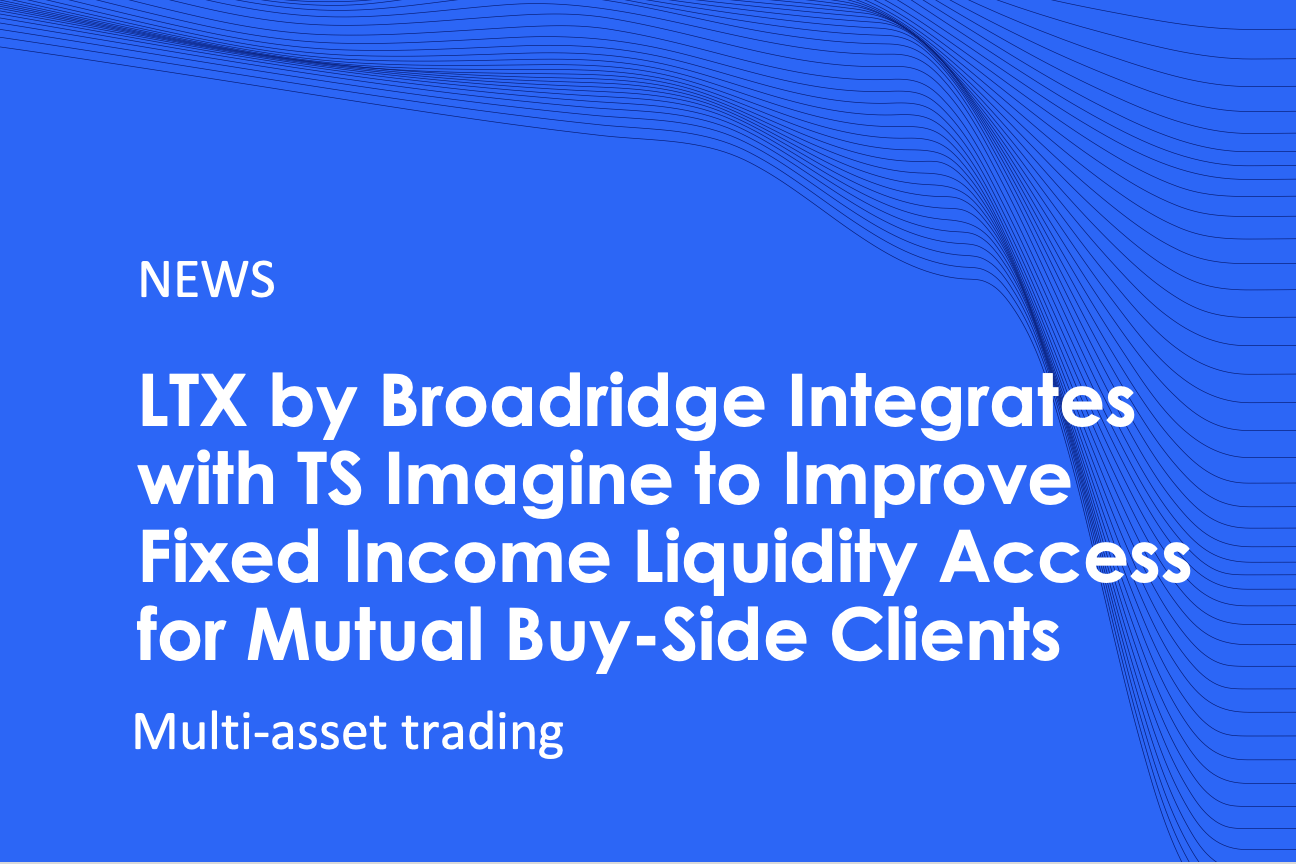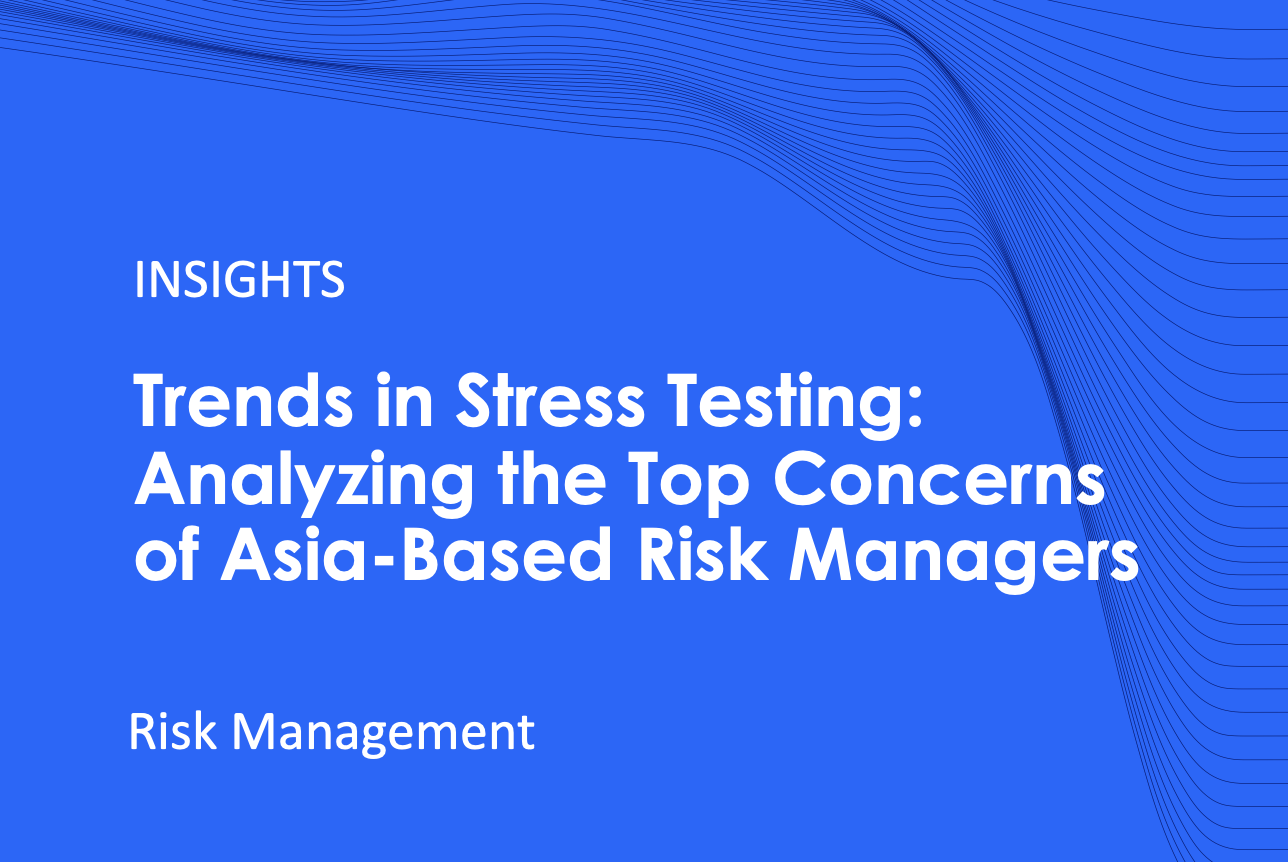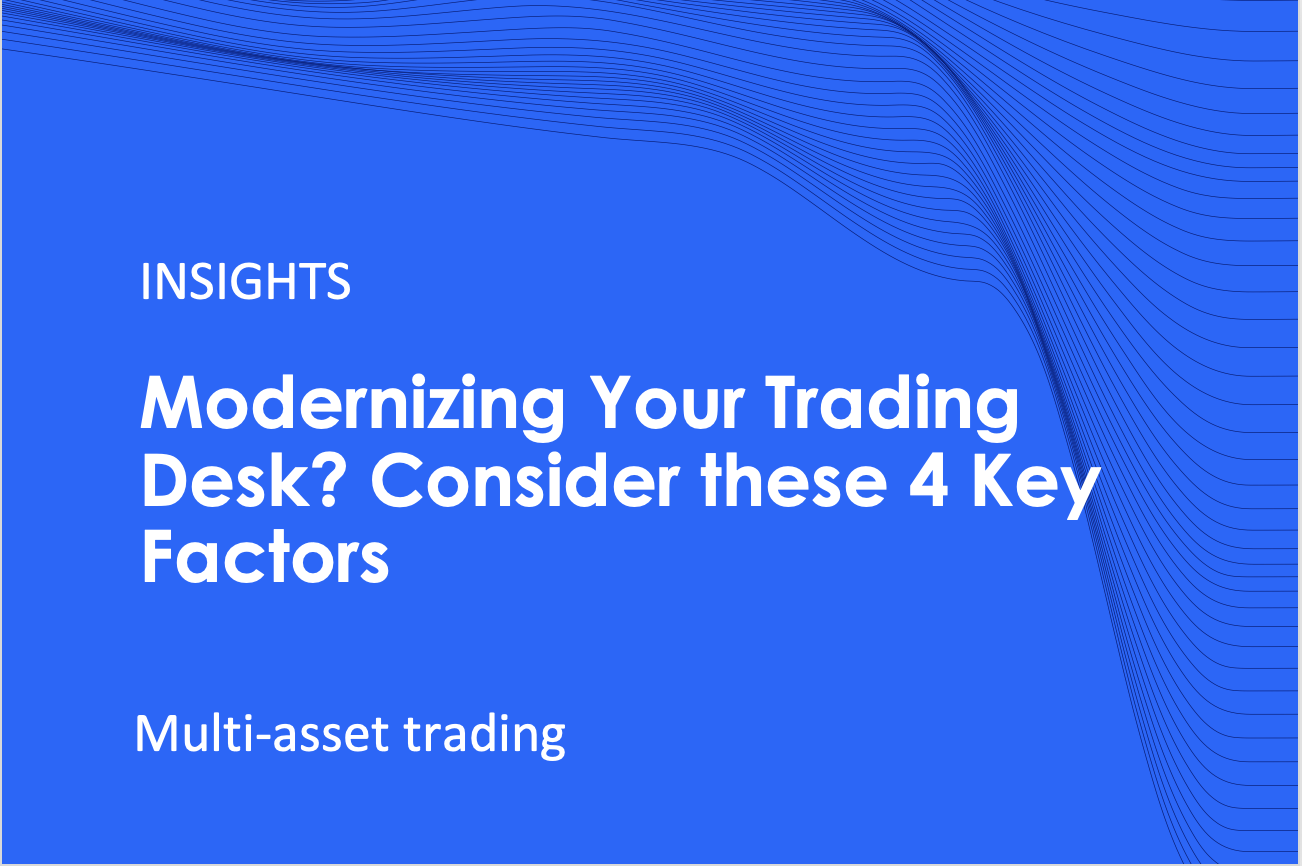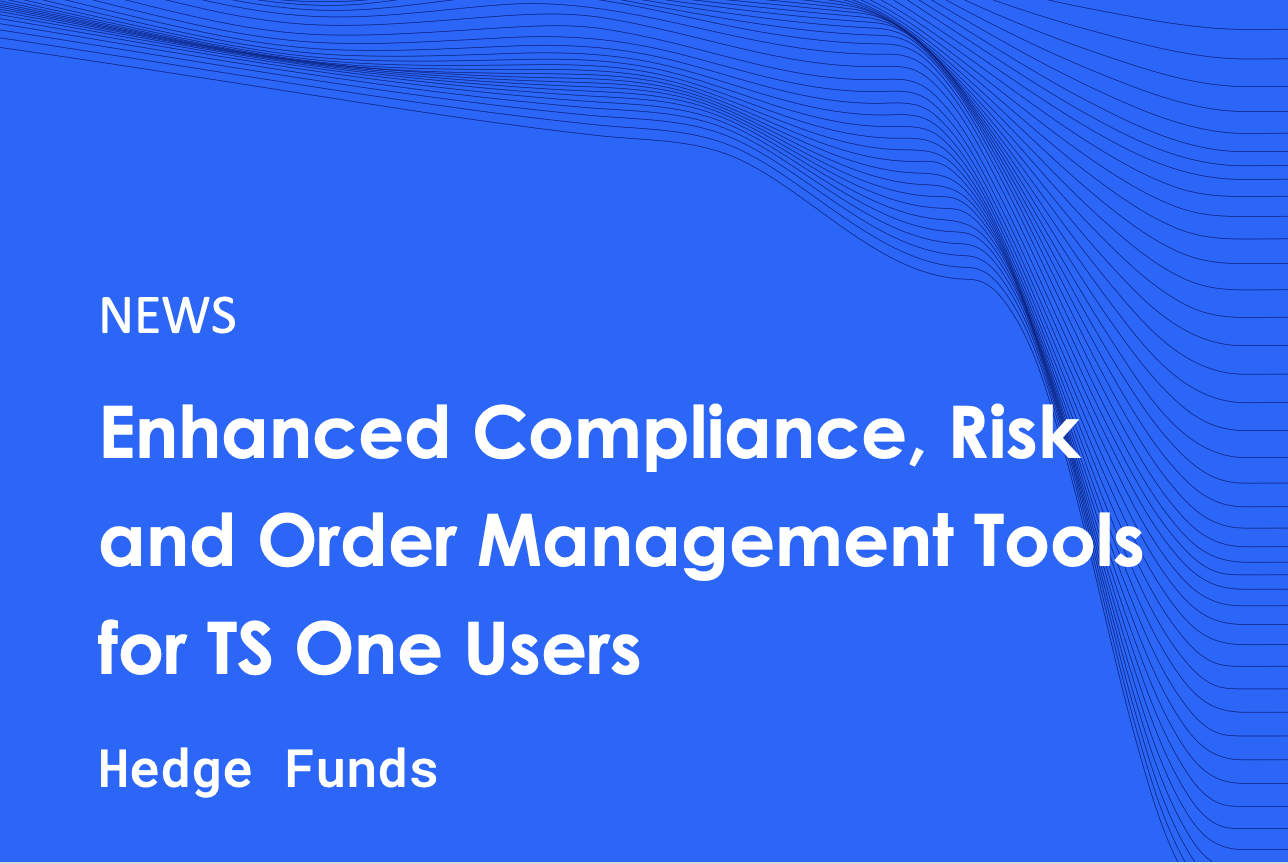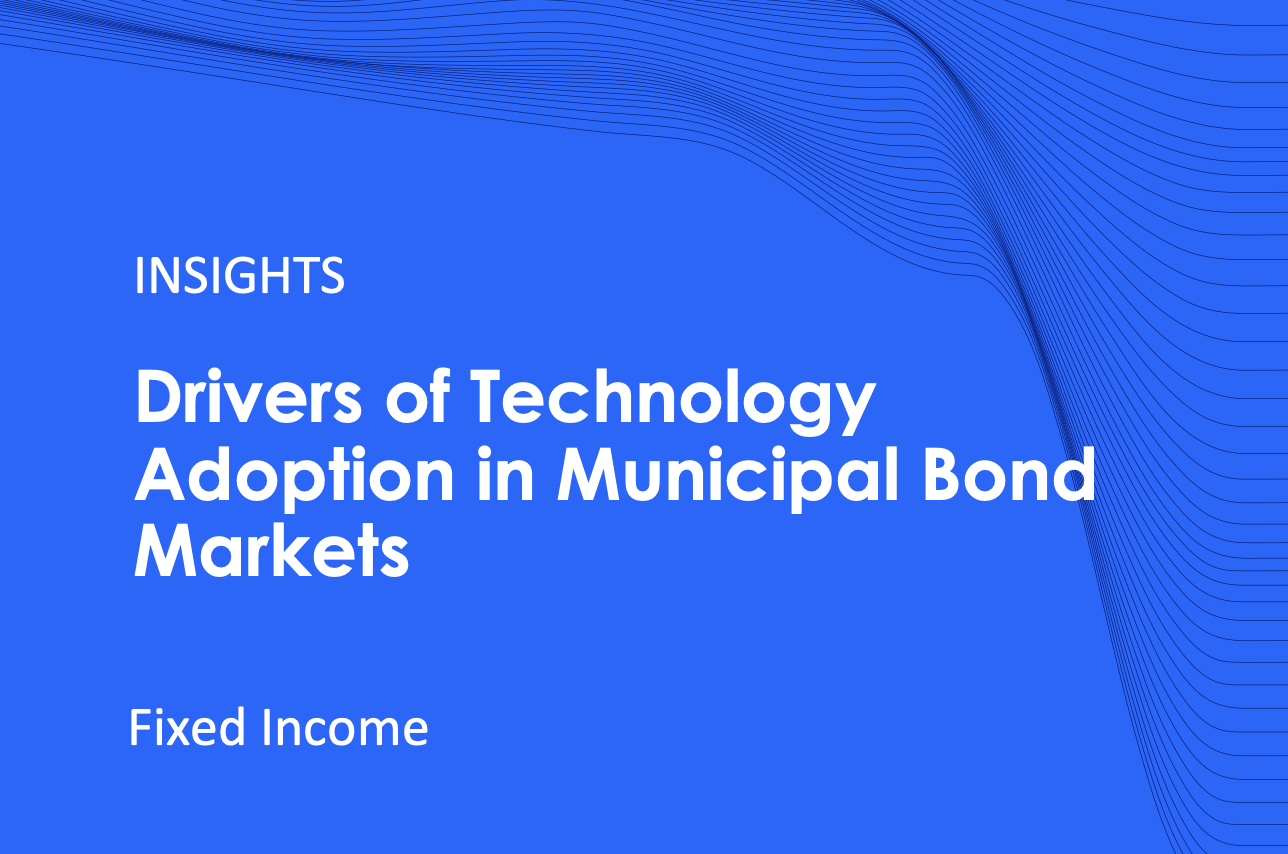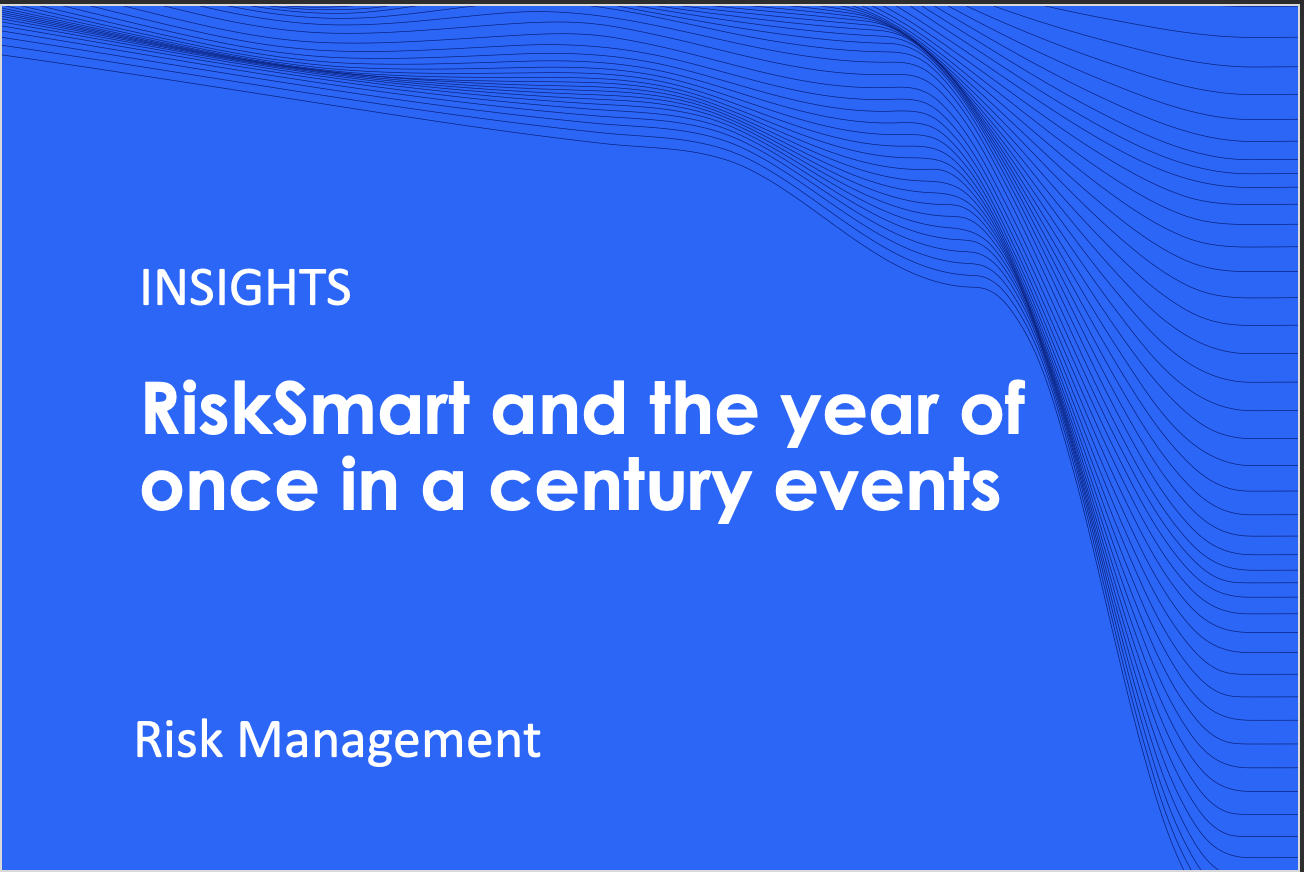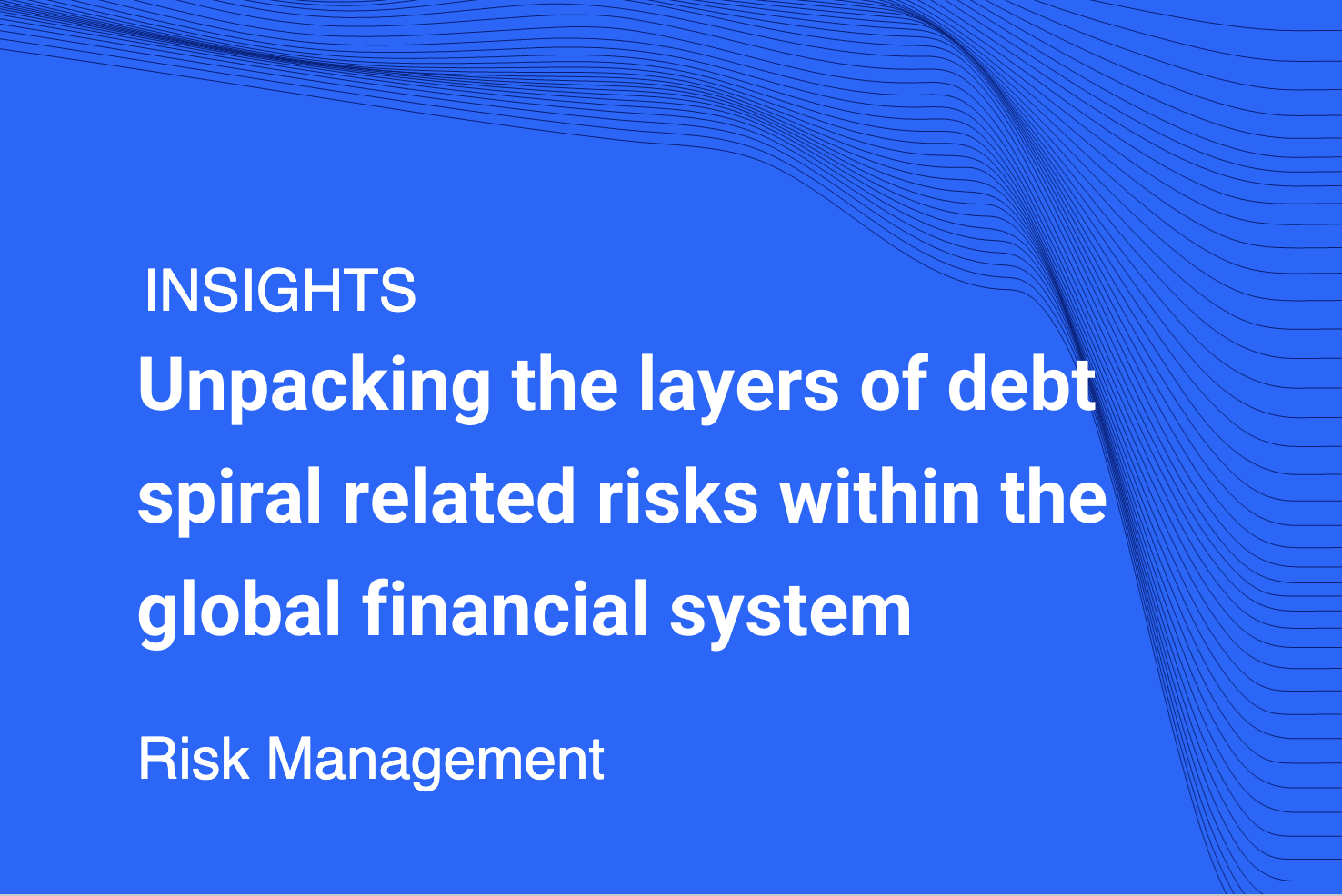Pre-trade Wishlist
As we start a new year, it’s fair to say that in the last few months there has been a refreshing return to normality here at TS Imagine, both in terms of a return to the office and the reopening of the in-person conference circuit. We were fortunate enough to have participated in two leading industry events in Q4 2021 and have been mightily impressed by the levels of engagement and eagerness of the buy-side participants to discuss and to drive towards industry best practice.
The most striking and recurrent theme for buy-side traders at these events, was a unanimous desire for better pre-trade analytics and decision support tools. Moveover, I consistently heard that their utility is maximized by their integration and contextualization within the trader’s blotter and that ideally, their provision should be broker neutral.
One of the outcomes of an extended period of working from home, and now more hybrid working patterns, has been for the buy-side trading desk to focus on leveraging technology to maintain a more meaningful and insightful dialogue with the portfolio manager, which is especially important during periods of volume and volatility spikes. Their view is that pre-trade analytics and TCA should be used as ‘sales tools’ to aid and inform the trading desk’s relationship with portfolio managers. By increasing the quality and the frequency of their dialogue, the trading desk is getting involved earlier and more closely in the investment process to help minimize execution costs and drive alpha. This ultimately feeds downstream to end clients and trustees, giving them a better understanding of how TCA can optimize execution performance and lower the costs of trading.
However, a widely held opinion is that pre-trade analytics are still not used as often or as impactfully as they should be to inform this dialogue. To date, they are mostly used for program trading and the very largest single stock orders. Furthermore, there was a consensus that an ideally broker neutral provided dashboard solution would be the way forward. Traders want to see standardized, achievable pre-trade data and a concise display of the following data points. I call this The Pre-trade Wishlist and it includes:
- with whom l executed the last trade in a given stock
- with which algo
- the level of aggression
- IOIs and especially actionable IOIs at the point of trade
- the prevailing market conditions and venue selection etc.
Interestingly, here we are seeing a converging pattern with the FI experience. For the past couple of years, a functional EMS has equipped the trader with axes, a snapshot of the competing dealer quotes together with the historical executed trades in the same and similar bonds and via which dealer/dealers and/or venues.
TCA trends
Moving on but inextricably linked to the pre-trade theme, there is an ongoing transition concerning the application of TCA. Traders are moving from just looking at the top 5% and the worst 5% of trades, to driving broker ranking/bucketing through to algo customization and broker routing logic. There was also a recognition that the trader’s ‘gut feel’ continues to be hugely important, especially when a representative time series of historical data is lacking and moreover, that statistical significance would likely be very different for a less active, fundamentally driven buy side versus a quantitatively driven firm. Other widely recognized and familiar trends that were cited during TCA discussions were:
- A commonly held practice to exclude trades with explicit PM instructions from the data sample but acknowledgement that they still should be subject to some form of TCA measurement in order to gain a comprehensive picture.
- The inadequacies of standalone TCA providers integration with OEMSs and the considerable time and effort ‘costs’ of having to stitch related orders together.
- The critical importance of the correct, and realistic, interpretation of TCA results and the ongoing need for a proactive consulting function from the TCA provider, which can precipitate vastly improved understanding and hence results.
- Ongoing challenges in the measurement of multi-day versus single day TCA results and choosing the appropriate benchmark. In practice, many firms build their own internal workaround solutions to make up for the limitations of vendor solutions in this area.
- Explaining the importance of TCA to portfolio managers can be an ongoing battle especially for momentum-driven players who are often more concerned by the timeliness of execution than their cost. Here, the value of accurate and accessible data is critical to the buy-side trader to back up the story by providing an explicit breakdown of impact and other execution costs.
- Difficulties of meaningful TCA peer analysis: aside from the buy side’s potential data protection imperative, the fact is that different firms invariably have different use cases and/or applications for TCA, which makes reliable comparison very difficult to achieve.
The way forward
As has been the case with a number of our OEMS peers, for a long time we have supplied the buy side with a selection of predominantly broker provided pre-trade analytics offerings alongside our own embedded in-trade and post-trade multi-asset class TCA module. There has been a marked increase in the use of the in-trade tool and the demand for more flexibility in the choice of benchmark. This again is a function of the trading desk’s drive to provide more in-flight information to the portfolio manager and to be more central to the execution process. In parallel, the sophistication of the buy side’s use of these tools has unsurprisingly increased in recent years in the pursuit of best execution objectives and optimizing trader productivity. As an example, the adoption of algo wheels has resulted in a number of our clients feeding their post-trade execution performance into their pre-trade analytics and driving their algo wheels, often via APIs.
The latest, more granular cluster/sector analytics from a few of the Tier One investment banks have also been leveraged to drive algo wheel selection and again are made available at the point of trade in the order blotter and also programmatically via APIs. However, I genuinely believe that a key strategic roadmap item for TS Imagine in 2022 will be the launch of our Best Execution window. It promises to be a major step forward by delivering a concise, data-rich, broker-neutral, pre-trade window which will genuinely empower the buy-side trading desk to assume the role of the sales trader ‘par excellence’ to the portfolio manager.

